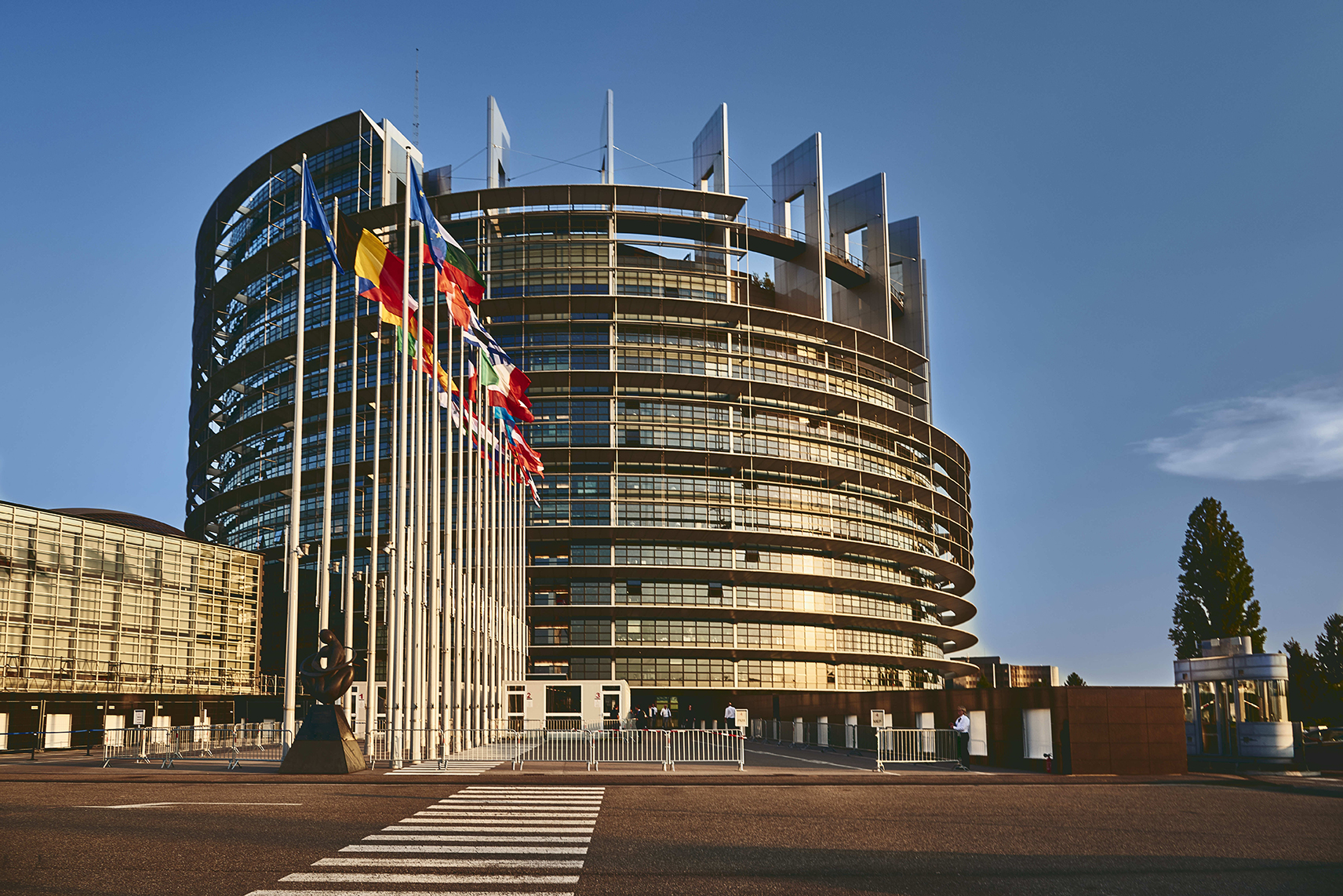
Updating our previous news UPDATE ON WASTEWATER TREATMENT IN EUROPE: NEW URBAN WASTEWATER TREATMENT DIRECTIVE published on the 23rd of September, the Council and European Parliament negotiators have reached a provisional political agreement on a proposal to review the Directive on urban wastewater treatment, representing a significant milestone in the EU’s zero-pollution action plan. This revised directive is poised to set the highest standards for treating urban wastewater and monitoring it to prevent the release of harmful substances like microplastics or PFAS (Per- and polyfluoroalkyl substances) into the environment.
Comments from Alain Maron, Minister of the Government of the Brussels-Capital Region
Alain Maron, Minister of the Government of the Brussels-Capital Region, underscores the importance of the agreement, stating that it propels Europe toward its zero-pollution objective. It establishes stringent standards for urban wastewater treatment, aligning with the goals of the European Green Deal.
Scope of the Directive Expansion
The revised directive expands its scope to include all agglomerations of 1 000 population equivalent (PE) and above, a significant adjustment from the previous threshold of 2 000 PE This broader scope reflects the directive’s commitment to addressing pollution from smaller agglomerations, stormwater overflows, and micropollutants.
Wastewater Collection Systems and Management Plans
To meet the new requirements, member states are obligated to establish urban wastewater collecting systems for all agglomerations of 1 000 PE or more, with a deadline extended to 2035. Additionally, EU countries must better manage rainwater in larger cities to reduce organic matter and other pollutants. Solutions, such as those studied by LIFE RESEAU, shall aim to reduce storm water overflows, releases of untreated wastewater and prevent unpolluted rain waters from entering the collecting systems. Furthermore, integrated urban wastewater management plans covering agglomerations of over 100,000 PE must be in place by 2033, with reviews conducted every six years.
Wastewater Treatments and Energy Neutrality
The directive mandates secondary treatment for all agglomerations of 1 000 PE or more by 2035, with tertiary (nitrogen and phosphorus removal) and quaternary (micro-pollutants) treatment obligations extended to larger plants of 150 000 PE by 2039 and 2045, respectively. Furthermore, the wastewater sector will need to decrease its greenhouse emissions, which today account for 0.85% of all EU emissions. An energy neutrality target requires urban wastewater treatment plants to produce energy from renewable sources by 2045. This energy can be produced on or off-site, and up to 35% of non-fossil energy can be purchased from external sources.
Extended Producer Responsibility
Producers of pharmaceuticals and cosmetics contributing to urban wastewater pollution by micropollutants will be subject to an extended producer responsibility (EPR) scheme, covering a minimum of 80% of the costs of additional treatment.
Next Steps
The provisional agreement will undergo review by member states’ representatives and the Parliament’s environment committee for endorsement. Once approved, the text will proceed to formal adoption by both institutions, following revision by lawyer-linguists, before publication in the EU’s Official Journal and implementation.
Background and Evaluation
The urban wastewater treatment directive, adopted in 1991, has significantly reduced pollutant releases over the years. However, challenges remain, including pollution from smaller agglomerations and micropollutants. The proposed revisions aim to address these issues and enhance the sector’s role in achieving the EU’s climate goals.
LIFE RESEAU
The Life Reseau project is at the forefront of technology in addressing this issue. Its goal is to reduce up to 100% of discharges from combined sewerage systems (CSS) in areas prone to heavy rainfall. To achieve this, the project is developing innovative solutions that will both refurbish and modernize Urban Wastewater Treatment Plants (UWWTPs) and Combined Sewerage Systems (CSS) and provide technological tools for analyzing the effects of runoff and infiltration on infrastructure.

